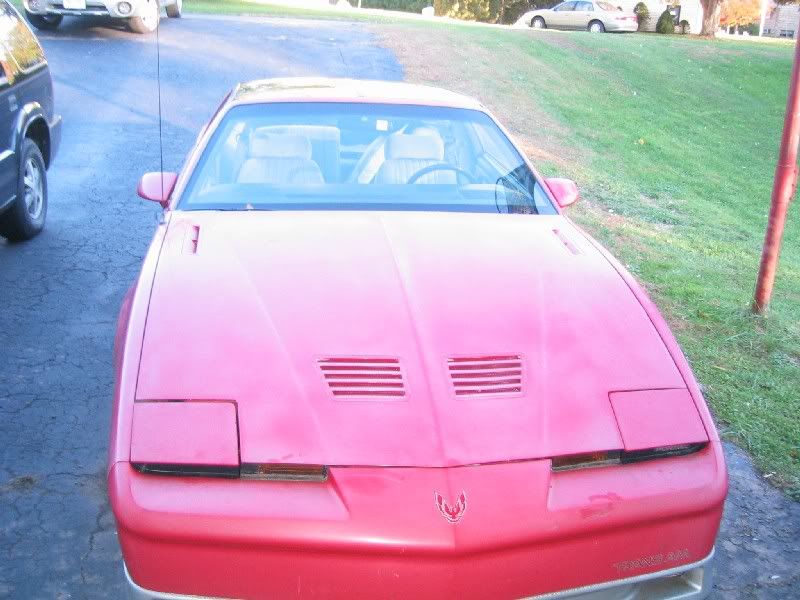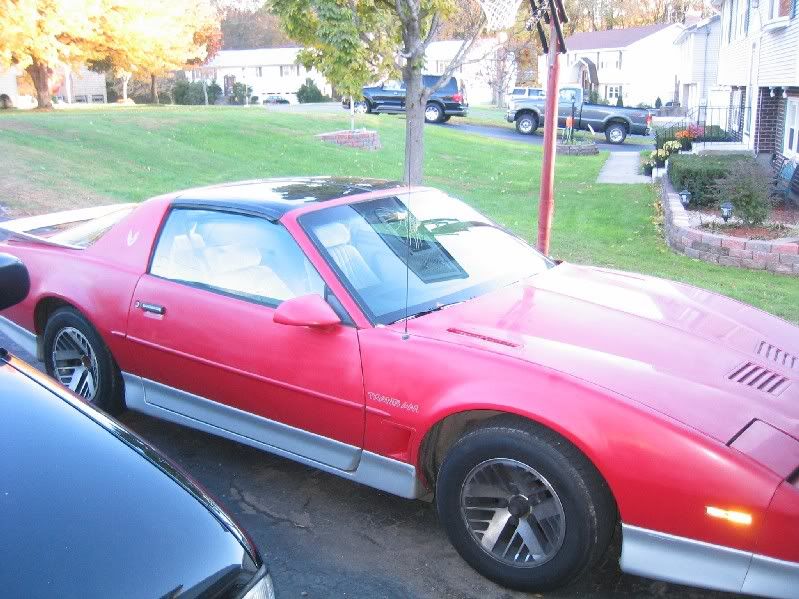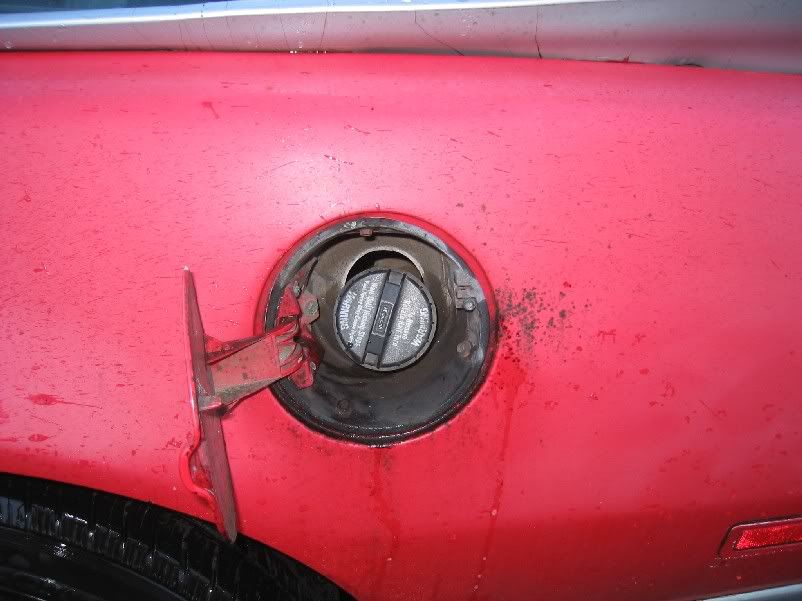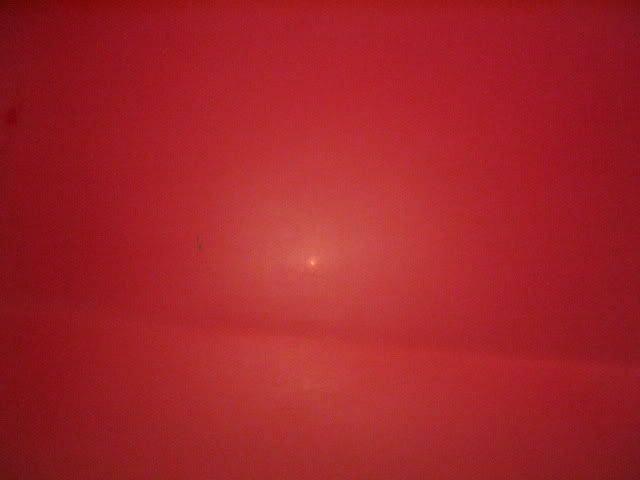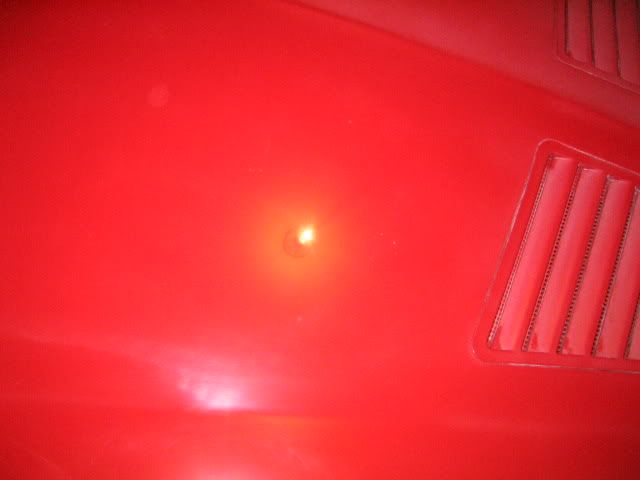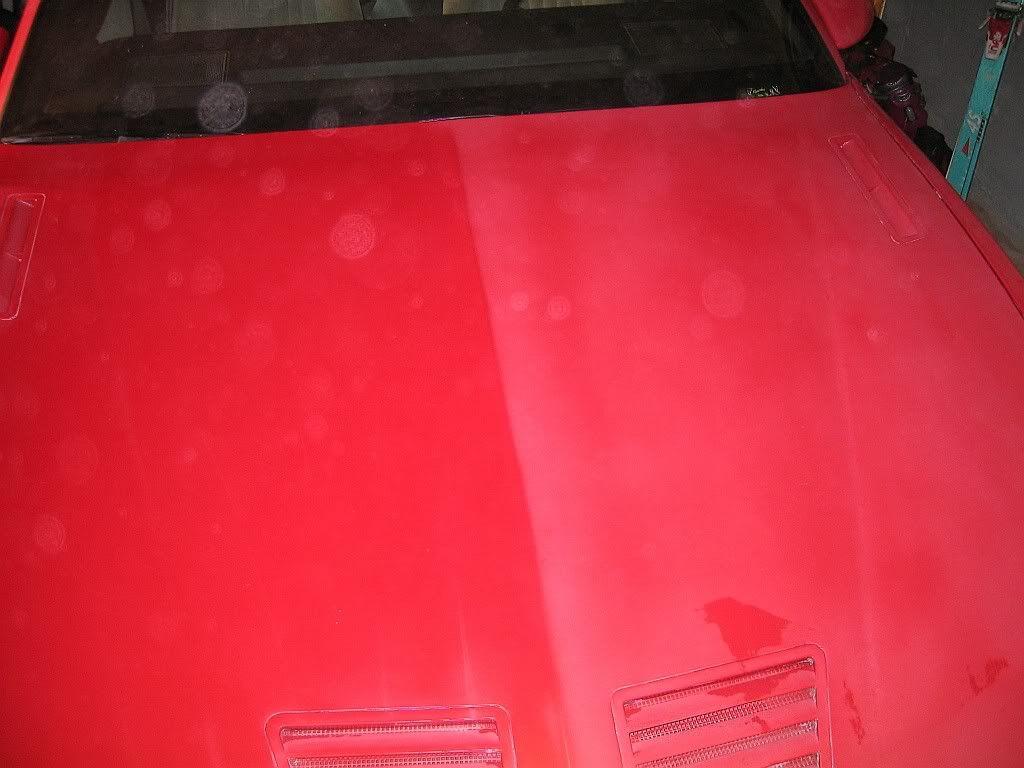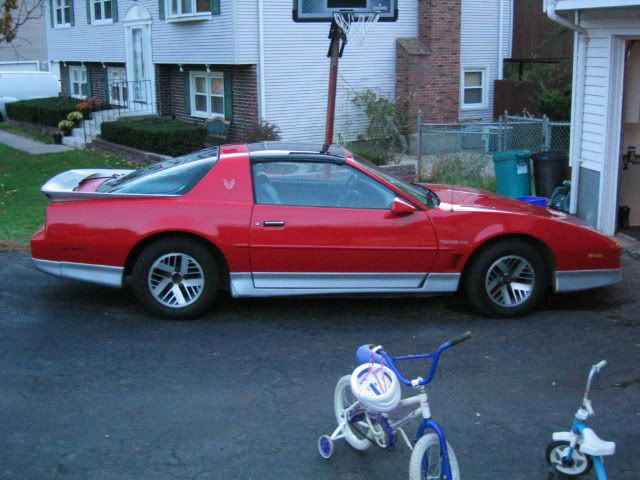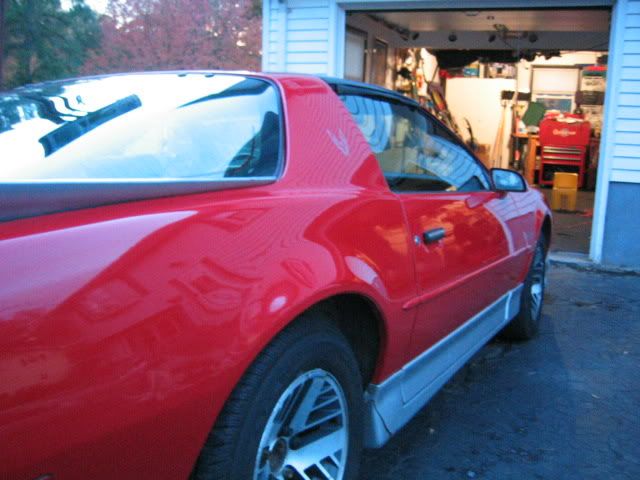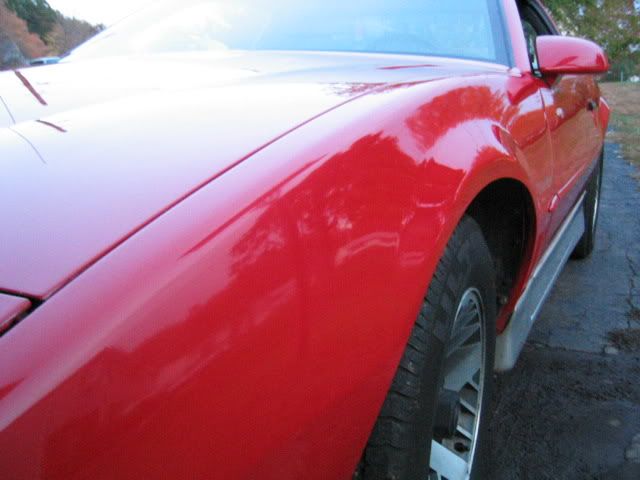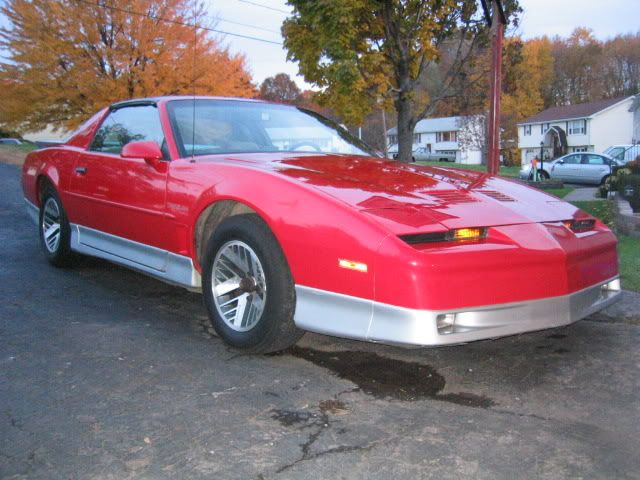I've used these forums before, done quite a bit of detailing in the past few years. Recently I was offered the chance to detail a 60's stingray Corvette. Naturally I accepted, but I need some opinions before I get to work on it.
The corvette is all original, original leather interior, original paint. It's a T-Top. The paint is red, and its pretty sun faded and dull looking, Its gonna need some rehab thats for sure.
I own and use a Makita Polisher like its a wizards wand. I use poorboys EX/EX-P Sealants, Nattys blue and regular paste carnuba. I used to use meguiars gold class car wash, but that vanished from my storage. The things I need help with:
What clay should I use on this paint? (I wish I had pictures) Its garaged most of the year and doesn't see the rain very often, but as I said its extremely old and dulled paint. I have several polishes and compounds already available, but what kinds of polishes and compounds would you guys recommend along with pad selection for the makita on the paint, since it is original. What kind of car wash should I use? I don't have hard water, I use a mitt and a power washer (gentle pressure nothing extreme).
Sorry if this post is a little scatter brained I'm having one of those days :hmmm:
I've detailed many vehicles with varying degrees of paint-horridness. Including paint fresh out of the paint booth (the painters in the body shop didn't like to polish things very well). I've also polished some pretty old paint but nothing as old as the sixties, thats why I'm asking for the help, I definitely want to make a very good impression for this customer and I'm personally a corvette fan so I want this to come out near perfect.
(Last minute side thought) Should I use any kinds of dressing on the rubber pieces around this vehicle or should I stay away from that kind of stuff based on the age, and should I dress any parts of the engine bay?
Thanks in advance I appreciate any and all suggestions.
The corvette is all original, original leather interior, original paint. It's a T-Top. The paint is red, and its pretty sun faded and dull looking, Its gonna need some rehab thats for sure.
I own and use a Makita Polisher like its a wizards wand. I use poorboys EX/EX-P Sealants, Nattys blue and regular paste carnuba. I used to use meguiars gold class car wash, but that vanished from my storage. The things I need help with:
What clay should I use on this paint? (I wish I had pictures) Its garaged most of the year and doesn't see the rain very often, but as I said its extremely old and dulled paint. I have several polishes and compounds already available, but what kinds of polishes and compounds would you guys recommend along with pad selection for the makita on the paint, since it is original. What kind of car wash should I use? I don't have hard water, I use a mitt and a power washer (gentle pressure nothing extreme).
Sorry if this post is a little scatter brained I'm having one of those days :hmmm:
I've detailed many vehicles with varying degrees of paint-horridness. Including paint fresh out of the paint booth (the painters in the body shop didn't like to polish things very well). I've also polished some pretty old paint but nothing as old as the sixties, thats why I'm asking for the help, I definitely want to make a very good impression for this customer and I'm personally a corvette fan so I want this to come out near perfect.
(Last minute side thought) Should I use any kinds of dressing on the rubber pieces around this vehicle or should I stay away from that kind of stuff based on the age, and should I dress any parts of the engine bay?
Thanks in advance I appreciate any and all suggestions.

